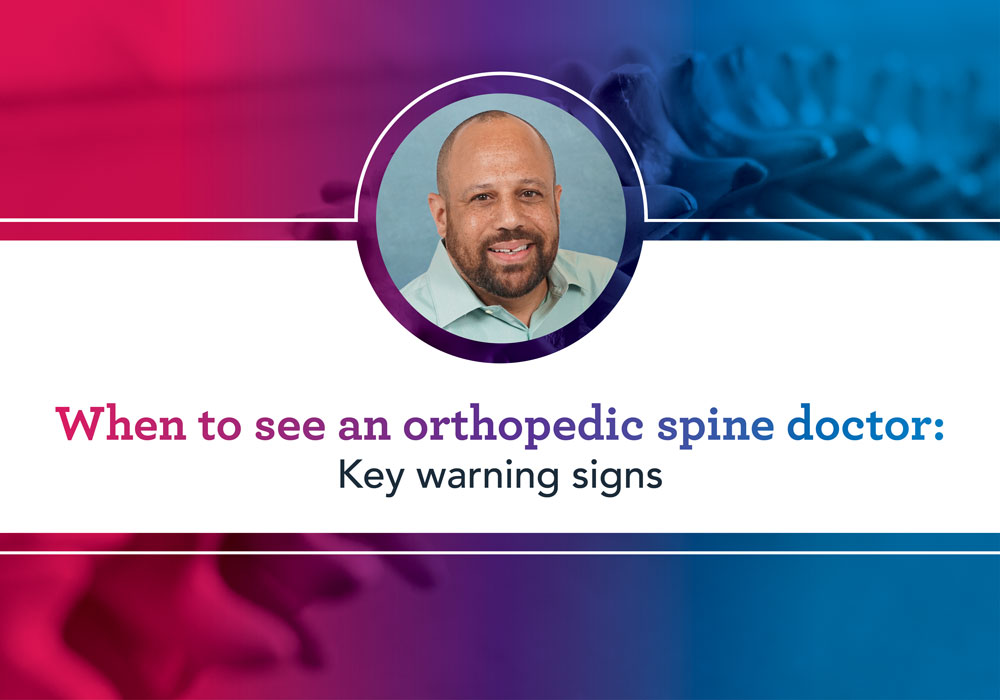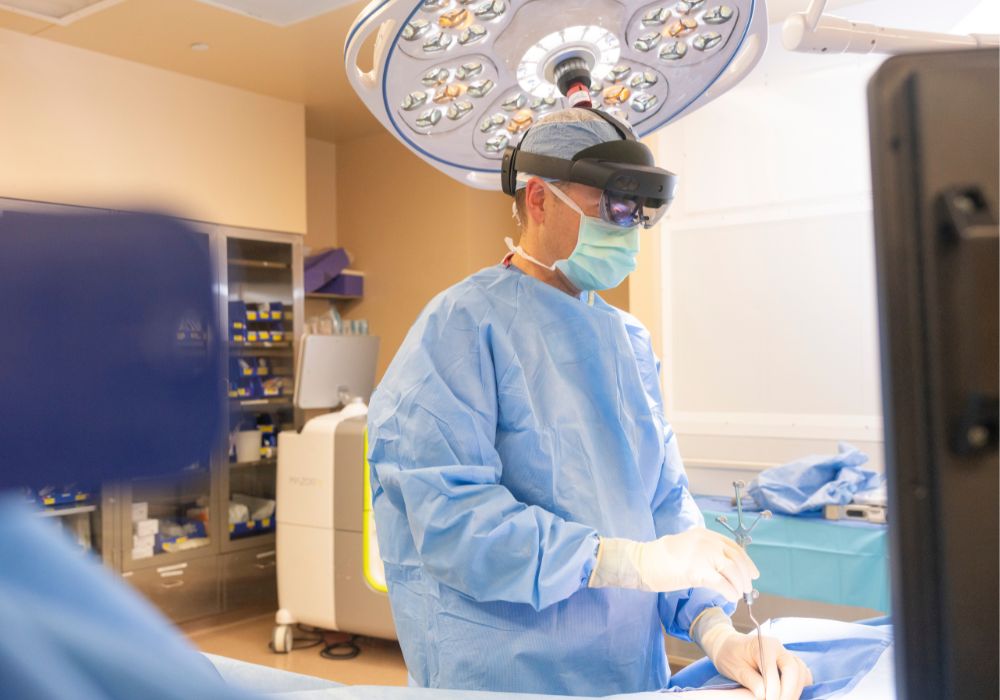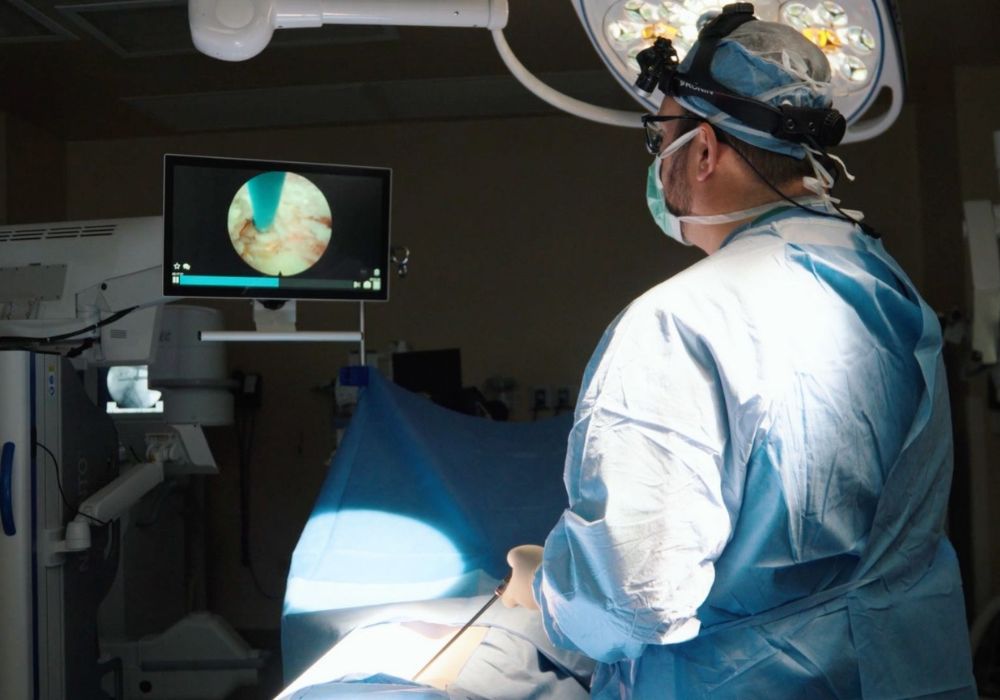THIS IS PART OF THE ULTIMATE GUIDE TO SCOLIOSIS
Most people are familiar with the condition of scoliosis, but what does scoliosis look like? That depends—different types of scoliosis present with different types of spinal curves.
In this article, OrthoIndy spine surgeon Dr. John Dietz explains what the degree of the curve means and describes the different types of scoliosis curves.
Different types of scoliosis
Scoliosis is a condition that affects spine curvature. Many people wonder what does scoliosis look like to the naked eye, and the best answer is that it resembles an unnatural “S” or “C” shape.
Both children and adults can get scoliosis. Depending on the degree of curvature, the condition may require surgery.
There are several types of scoliosis depending on the cause of the curvature. If a patient has an underlying disease or condition, it can affect the curve. A patient can also develop scoliosis from a neurological disorder like cerebral palsy or a traumatic brain injury.
The most common type of scoliosis is adolescent idiopathic scoliosis—the word “adolescent” (meaning it’s found in children) and “idiopathic” (indicating the cause of scoliosis is unknown).
Physicians don’t know exactly how this type of scoliosis happens. Here’s what they do know about adolescent idiopathic scoliosis:
- There is a genetic component contributing to it
- It occurs equally in boys and girls
- About 1% of the population has this kind of scoliosis
- The curve progression happens four times faster in girls than boys
- It shows up before puberty and has the highest chance of progressing the years of growth right after puberty
- If the curve is severe, it can lead to heart and lung problems if it’s not caught early
- When caught early enough, bracing can stop the curve from getting worse in 50% of children
- This type of scoliosis in children will require surgery if the curve isn’t controlled
Make an appointment with a spine specialist
Scoliosis treatment options
Surgery is a last resort when treating scoliosis, and it is possible to correct scoliosis without surgery if you catch it early.
Even if you notice a slight curve, make an appointment with a spine specialist. If you notice the curve while it’s small, it gives a scoliosis back brace a better chance for success.
According to Dr. Dietz, the chance of a curve getting bigger depends on how large the curve is and how much growth the patient has left.
Mild scoliosis
A mild scoliosis curve is between 20 to 30 degrees. These patients are good candidates for back bracing.
Severe scoliosis
A severe scoliosis curve is a curve larger than 45 degrees. When it’s safer to have surgery than live your life with an increasing curve, your spine surgeon may suggest scoliosis surgery.
Learn more about OrthoIndy spine treatments
An adult or older child with a curve over 50 degrees should have surgery to stop the progression and gain correction. Although, like any surgery, it has risks, living with progressing scoliosis can be much riskier.
If you are a parent, don’t feel bad about not detecting your child’s curve earlier.
“Often, when I see a child with scoliosis for the first time, the parents feel terrible that they didn’t see the curve earlier,” Dr. Dietz says. “After all, we emphasize early detection and non-operative treatment. But there is almost no way a parent is going to detect scoliosis in their child when the curve is very small.”
The smaller curves are challenging to detect, even by specialists. Your spine doctor will evaluate your scoliosis to give you the best treatment plan for your life.

Get the Ultimate Guide to Scoliosis Treatment
Whether you’re just beginning to research scoliosis or have already made the decision to have scoliosis back surgery, our comprehensive guide gives you answers to common questions about scoliosis and examples of real patient success stories.





